Stannington Sanatorium collection will feature in a play broadcast on BBC Radio 4 this week by Newcastle University’s senior Lecturer in Creative Writing Margaret Wilkinson. The play will be broadcast on BBC Radio 4 each day from Monday 3rd October to Friday 7th October at 10.45am, with a repeat at 7.45pm. Margaret often uses archival research in her plays, including working with post graduate students to tell the story of the 1649 Newcastle witch trials in The Newcastle Witches, performed at the Newcastle Guildhall in 2014. Margaret’s play Queen Bee has been performed at the Northern Stage and 8 other venues, and Blue Boy has been performed at the Durham Literary festival. She won the Northern Writer’s awards Time to Write award in 2000. We asked Margaret to tell us a little of what it was like to write the play and the sources of her inspiration for it.
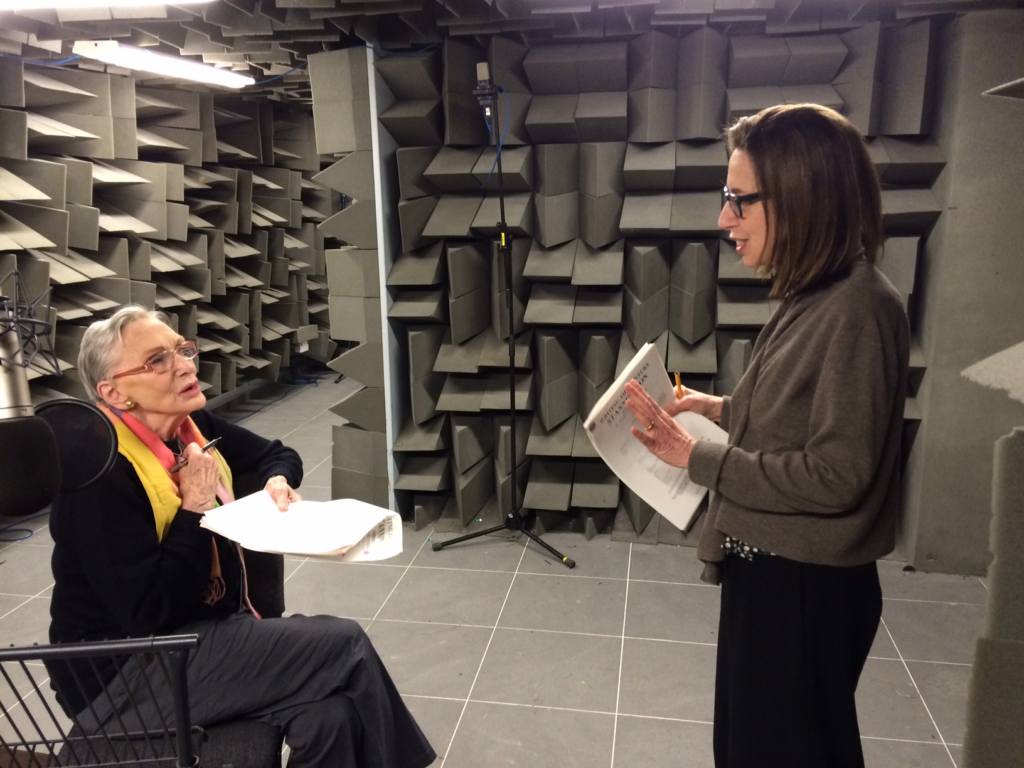
My inspiration for writing ‘Stannington’ came from the wonderful resource I found at Northumberland Archives based at Woodhorn, Ashington and the kind assistance of the head archivist there, Sue Wood. The archive contained amazing photos, x-rays, patient notes, letters, and an original Matron’s Journal 1908-1914, containing the monthly reports of three successive matrons on patients, staff, and the condition of the building and the grounds. I was particularly inspired, however, by the oral histories in the form of interviews transcribed in 2013, from former patients and staff.
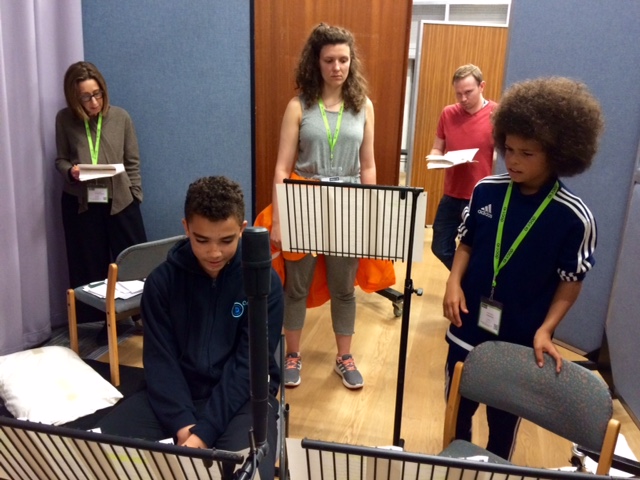
The drama I’ve written is part of an on-going BBC Radio 4 series called ‘Writing the Century’ which, in the BBC’s own words, aims to ‘explore the 20th Century through real correspondence and diaries from the great, the good and the ordinary.’ Much of the series has been focused on what might be termed middle class experience as the middle classes tended to write and perhaps more significantly keep and pass down the generations, diaries and letter. Documenting working class experience for ‘Writing the Century’ seemed important to me and basing episodes of my drama on interviews and oral documentation seems to be a way to access that experience.
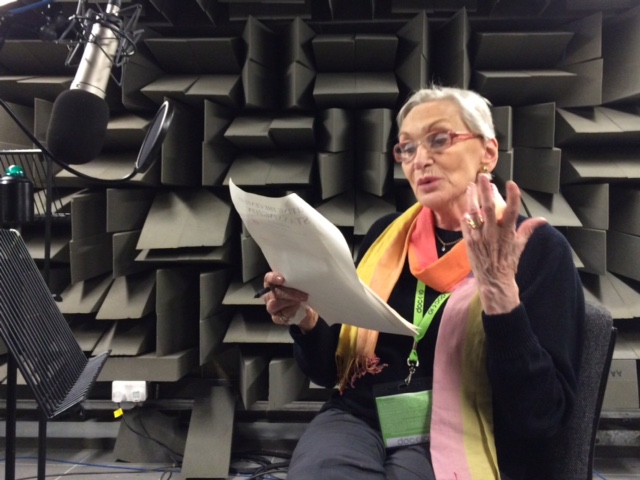
‘Writing the Century’ focuses on a real central character and weaves a drama around them based on factual evidence. My play combines the present day recollections of Marjorie Wilson, who was a student nurse at Stannington TB Sanatorium for Children in 1950, aged 17; and dramatic scenes set in 1950, fictionalised from the former patient’s interviews I read. Marjorie’s recollections, spoken by Dame Sian Phillips, have been constructed from her 2013 interview and from an interview she kindly gave me last February.
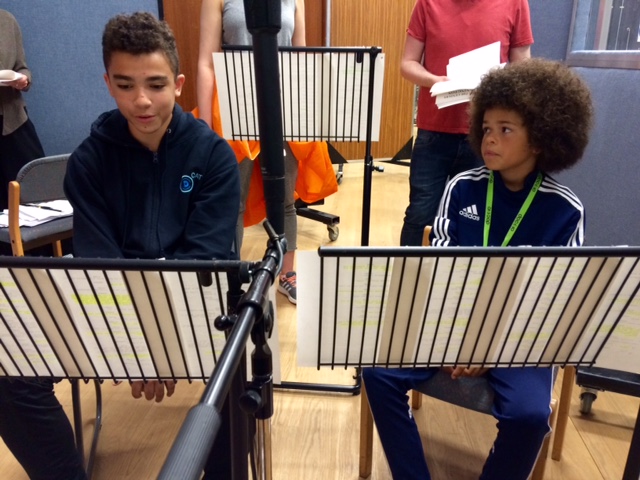
The drama is about a young boy, played touchingly as both tough and vulnerable by Cole Wealleans-Watts, who is admitted to Stannington, his brother who is already a patient there, and the student nurse who looks after them. It also features music as Marjorie was, and still is, a singer, and in 1950 she was requested to sing at various Sanatorium dinners. Fortunately the wonderful Jennifer Carss, who plays Marjorie at 17, had a beautiful singing voice and she was accompanied in the recording studio by a live pianist. Along with others, BBC assistants and technicians, I was persuaded to play a member of the audience for the dinner at which Marjorie entertains.

The drama will be broadcast in five episodes of 15 minutes each which is an interesting challenge for the writer, as each episode should end on a cliff-hanger to keep the listener tuning in the following day to hear what happens next; and begin with a catch-up so that those listeners who are tuning in for the first time mid-week can understand what is going on.
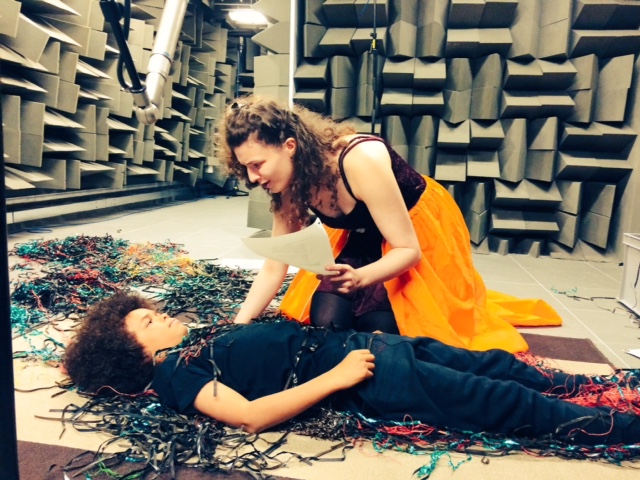
I emphasised the emotional content in this 5-part drama as one of the things I felt reading the patient’s interviews was how affecting their time at Stannington had been and particularly the sense of shame, the stigma they felt having suffered from TB, some saying that the interview was the first time they had ever spoken of the disease to others. I understood this quite well as my own mother had TB, was confined to a sanatorium when I was a child, and never spoke of it. I was also told never to speak.
All the characters in the drama respond in some way to the various social conditions of the time, which were of great interest to me, such as deference to authority and discipline. Hope in, and fear of, the future was also evident. Hope in a new changing social order and fear that those changes would bring chaos are enacted in the drama too. I particularly liked the idea that damp dusting the wards and keeping them tidy seemed as important a role for the nurses at the time as caring for the patients. It was an era of repression but also freedom particularly for children who were let out to play unsupervised. My husband has clear memories of playing on the building site of new homes for the working class that were being constructed in Blyth, walking on rafters and hanging from half-built staircases, as the boys in my drama plan to do.
In order to fictionalise from fact, I often find myself using the non-fictional details I accumulate to discover, then to show, a deeper truth, an emotional truth. I hope this is the case with ‘Writing the Century: Stannington’. After my initial encounters with the Stannington archive, I came away with a jumble of diverse ideas and images from the late 1940s early 1950s such as: brothers and sisters were often hospitalised together as the disease appeared to run in families; there was a pine forest surrounding the sanatorium; children often tried to escape; TB in children often infected the bones and joints; some children were confined in what was known as plaster beds, immobilised for months; patients often knew very little about their condition; there were strict regulations surrounding visits even from parents; there was a posh nurse’s dining room and a lounge with a grand piano; quite a few of the nurses married airmen they met at nearby RAF Acklington; and more. I knew I wanted to weave all these elements into a coherent story, like a hold-all, which was emotionally truthful, and hope this is the case. Listeners can tune in, notice the different strands I started with, and consider how I plaited them into a story that tries to honestly recreate a time and place.

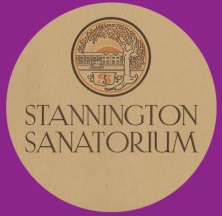
I was a TB patient at Queen Mary’s Hospital on Surrey in 1960. This five part BBC play resonated so strongly with my experiences I was reduced to tears several times. I went on to be a GP by the way! Please publish ! Joe Eddington
I heard this on the radio and really enjoyed it. Any idea what the clarinet music used in the last episode was?
Hi Vicoy,
Thank you for your comment, the music is by one of the BBC’s music production sites so unfortunately it isn’t available to purchase. However the play is still available through Radio Four’s Listen Again service for the next 26 days, which you can access through the link below.
http://www.bbc.co.uk/programmes/b07yjmkc
Kind regards, The Stannington Sanatorium Project Team.
Dear Margaret Wilkinson
Wanted to let you know how much I enjoyed your play re Stannington Sanatorium. It evoked many memories for me. As a result of TB which affected my kydney’s and urinary tract I spent the best part of three years in hospital care in the North of England. The majority of that time was spent in Stannington. Time scale was 1958 until 1961.[Now age70.] In many ways I feel that the care received in Stannington was a turning point for me in relation to recovery of health. The staff were very kind. Naming just a few, Dr Stobbs,Mrs Driver[sec] Sr Barbrook, Staff nurse Palmer and many others who I can not mention in so small a space.I missed so much school as a result of family circumstances and illness but the little I did receive in Stannington was again from dedicated and kind staff. The art teacher a Ms Feathersone, English teacher a Ms Brenhan and the home economics teacher are well remembered. There was also a short-hand typing teacher who provided me seemingly miraculously with a wonderful assortment of clothes when she noticed that I had little to wear after being a bed patient. Suffice it to say I have had a busy life and worked in health care for 45 years. [SRN BSc[hons] OHN Retired and no longer registered.] I have been married for over 47 years and have two children and three grandchildren. Since those long ago days I have travelled living in E.Africa for a while in 1970/3 and in Australia 2006 for six years after retiring. Now living in Monmouthshire. Without Stannington and visiting Physician Dr G. Davidson I have no doubt that I would not have lived to tell the tale.
Dear Stannington Sanatorium Project Team and Margaret Wilkinson,
I have been so interested to listen to this but very sadly only managed to listen to the first and fifth episodes.I don’t know if there is any way I can read or listen to the other episodes.
I grew up always hearing about my father being very ill with TB in 1937- he was treated in Norfolk and Essex.
He had just turned 17 when he developed a sore place on his lower back which wouldn’t heal. He was sent to the local hospital, diagnosed with TB of the spine, admitted and put in to a plaster cast from his neck to his thighs. He spent the first 6 months in hospital but was then later nursed by nuns at a convent run hospital in Clacton on Sea. He spent 2 years in his plaster cast, and was rarely visited by family or friends as his parents were elderly and family and friends very poor. However, he never complained or said he was unhappy during that time but how very kind everybody was. He experienced other patients dying around him. His treatment was fresh air and immobilisation so his bed was always on a balcony ward. The nuns rigged up a mirror so he could see people walking by – my mother happened to be one of those people and felt so sorry for him that she asked the Mother Superior if she could write to him. They later married and had 5 children.
He had to learn to walk in 1939 but later became a pilot and fought in the second world war. He then remained well until 85 when his lower spine just started crumbling.
I later became a hospital physician and worked for 25 years in the hospital where he had first been treated.
As the play has highlighted TB was such a dreadful disease with huge stigma attached to it and often leading to death of young people and longterm disability.
Many thanks for your comment.
You can still find an omnibus of the radio play at
https://audioboom.com/posts/5138079-writing-the-century-stannington
The Stannington Sanatorium Project Team
Hi Margeret
i was a patient in stannington in 1959/60 and the staff you mention are all familiar to me . Just wondered if we were on ward 2 same time .
Ragards Jennifer Thorburn
Dear Jennifer
If you are the Jennifer who was a patient at the same time as your cousin Carol then yes I remember you well.The thing I remember most was the Sunday visits from your Aunt and Uncle, who if memory serves me well travelled in from a farm in Berwick-on-Tweed. As a result of difficult circumstances at the time I did not get visitors but I was allowed to share your visitors. It really was such an act of kindness that I have often remembered. [Most especially your Aunts wonderful floury rolls with egg & bacon, there was always one for me.] It brought such a taste of home, even though the sanitorium food was very nutritious, it was so nice to have something home made.
It is only by chance that I have just seen your reply and do hope that you have been keeping well for all these years. This last 18 months has been particularly challenging for people every where but slowly things are beginning to get back to some sort of new normality.
Lovely to hear from you. Take care and stay safe.
With all best wishes
Maggie Steggel
Is this available to purchase? My father came from Blyth and Stannington was where a relation lived so I visited it several times. Thank you I so enjoyed the play.
Hi Jillian,
Many thanks for your comment. It is not available to purchase, but is still available to listen to through this link:
https://audioboom.com/posts/5138079-writing-the-century-stannington?t=0
Many thanks,
The Stannington Sanatorium project team.